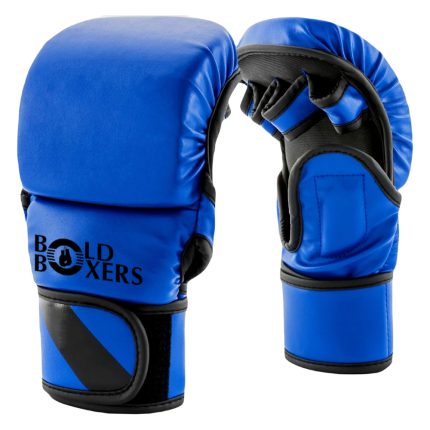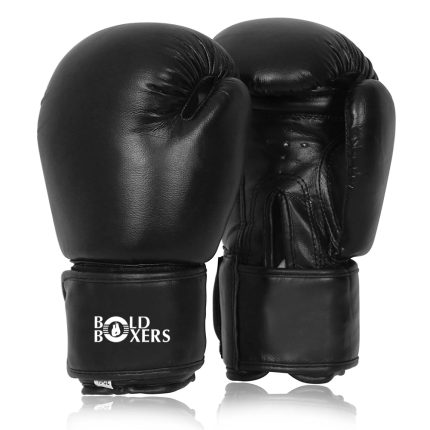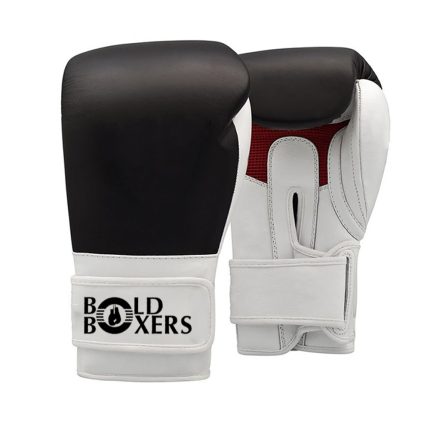Sparring Gloves
- Sparring gloves are padded gloves designed for training and practice sessions in martial arts.
- They provide protection for both the wearer and their training partner during sparring.
- Sparring gloves are heavier and more padded than competition gloves.
- Made from durable materials like leather, they feature extra padding around the knuckles and wrist.
- Essential for developing technique and timing while minimizing the risk of injury.
- It's important to choose the right size and weight based on training needs and experience level.
Sparring Gloves
- Sparring gloves are padded gloves designed for training and practice sessions in martial arts.
- They provide protection for both the wearer and their training partner during sparring.
- Sparring gloves are heavier and more padded than competition gloves.
- Made from durable materials like leather, they feature extra padding around the knuckles and wrist.
- Essential for developing technique and timing while minimizing the risk of injury.
- It's important to choose the right size and weight based on training needs and experience level.
Sparring Gloves
- Sparring gloves are padded gloves designed for training and practice sessions in martial arts.
- They provide protection for both the wearer and their training partner during sparring.
- Sparring gloves are heavier and more padded than competition gloves.
- Made from durable materials like leather, they feature extra padding around the knuckles and wrist.
- Essential for developing technique and timing while minimizing the risk of injury.
- It's important to choose the right size and weight based on training needs and experience level.
Sparring Gloves
- Sparring gloves are padded gloves designed for training and practice sessions in martial arts.
- They provide protection for both the wearer and their training partner during sparring.
- Sparring gloves are heavier and more padded than competition gloves.
- Made from durable materials like leather, they feature extra padding around the knuckles and wrist.
- Essential for developing technique and timing while minimizing the risk of injury.
- It's important to choose the right size and weight based on training needs and experience level.
Sparring Gloves
- Sparring gloves are padded gloves designed for training and practice sessions in martial arts.
- They provide protection for both the wearer and their training partner during sparring.
- Sparring gloves are heavier and more padded than competition gloves.
- Made from durable materials like leather, they feature extra padding around the knuckles and wrist.
- Essential for developing technique and timing while minimizing the risk of injury.
- It's important to choose the right size and weight based on training needs and experience level.
Sparring Gloves
- Sparring gloves are padded gloves designed for training and practice sessions in martial arts.
- They provide protection for both the wearer and their training partner during sparring.
- Sparring gloves are heavier and more padded than competition gloves.
- Made from durable materials like leather, they feature extra padding around the knuckles and wrist.
- Essential for developing technique and timing while minimizing the risk of injury.
- It's important to choose the right size and weight based on training needs and experience level.













